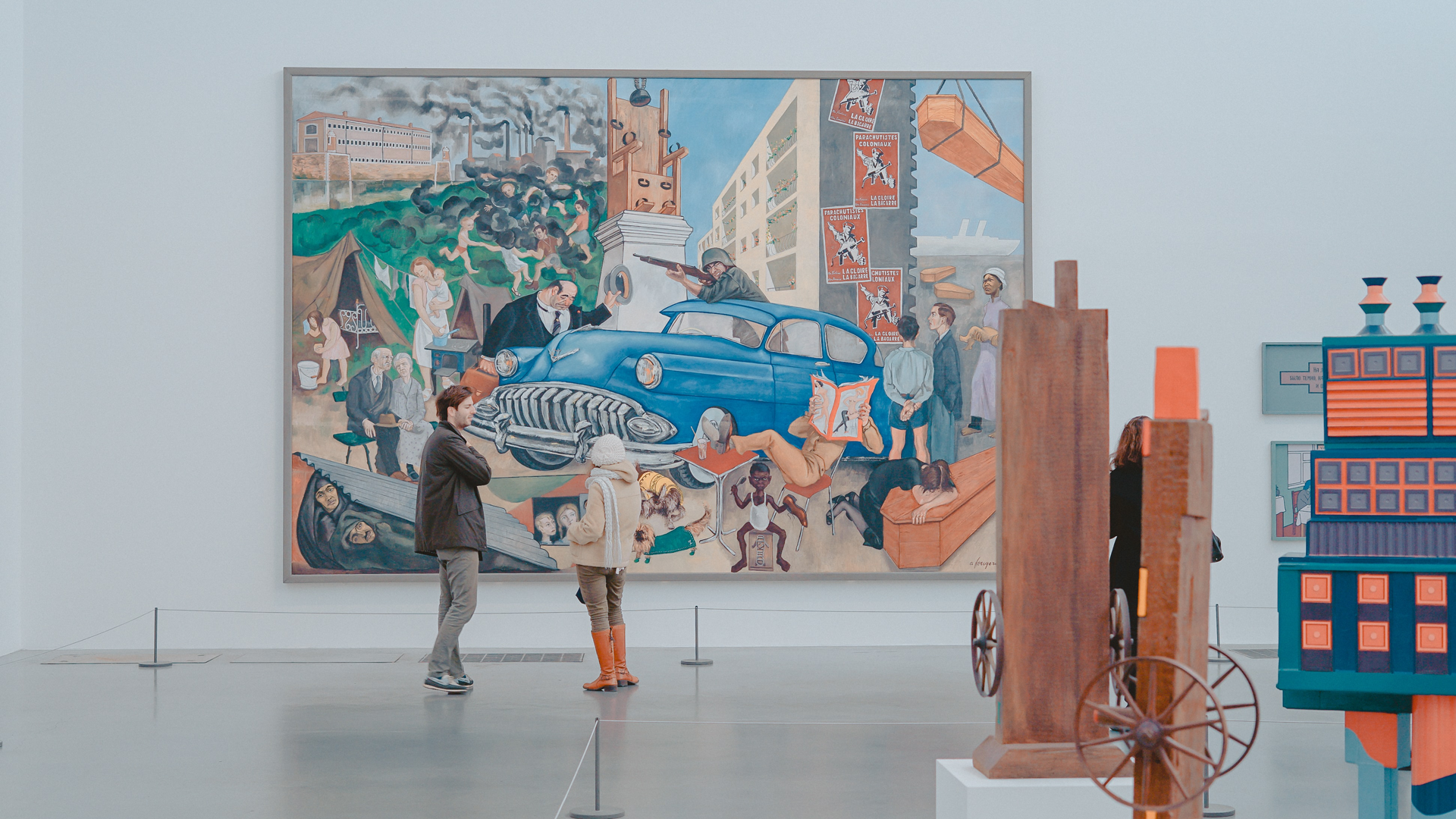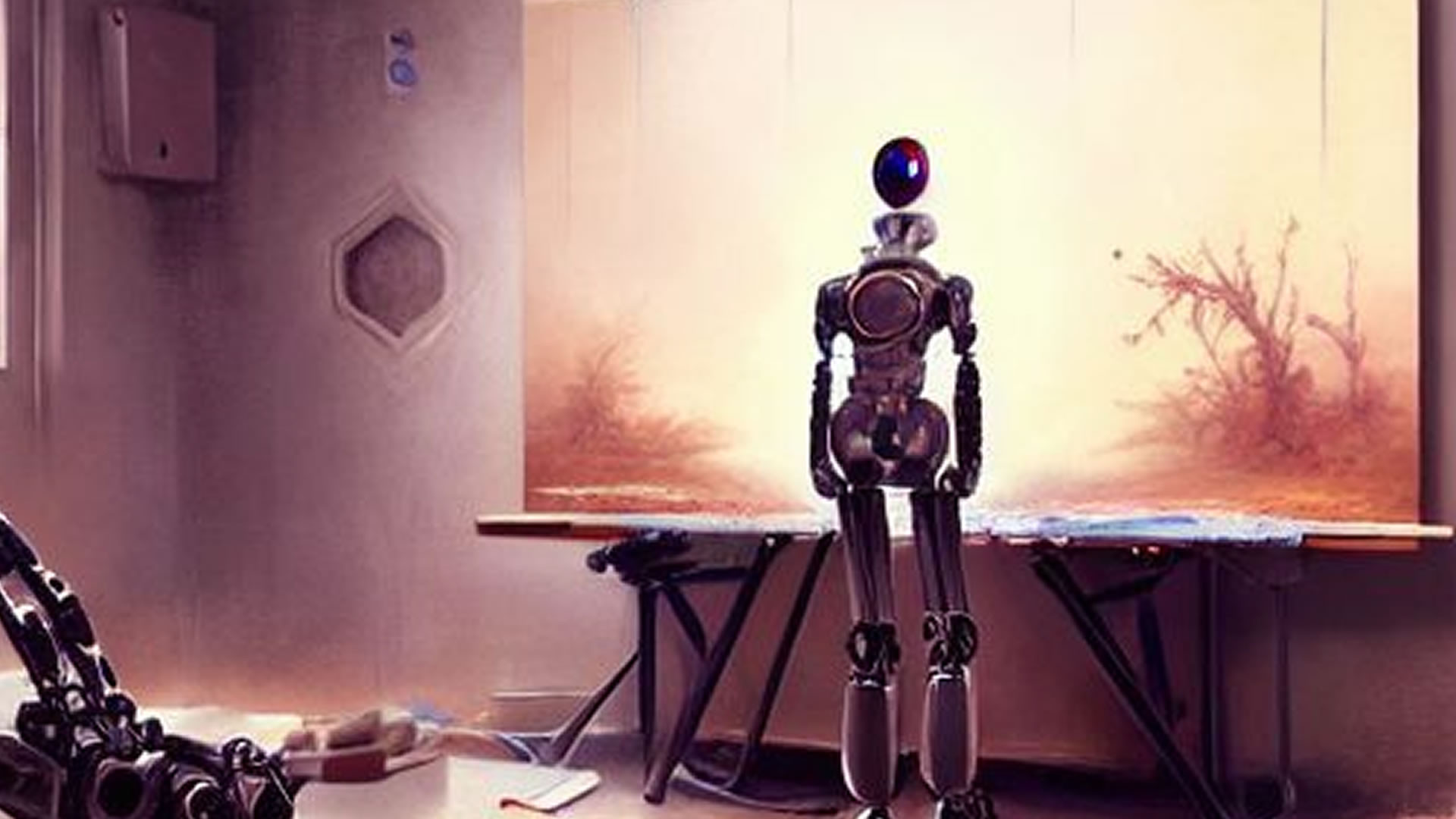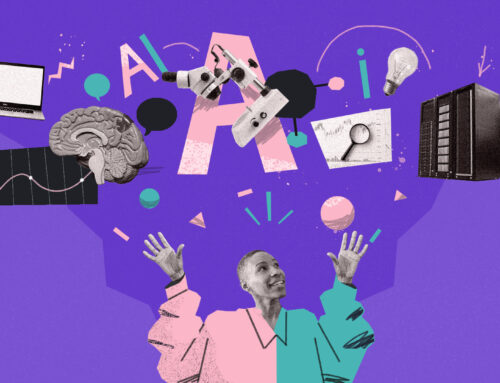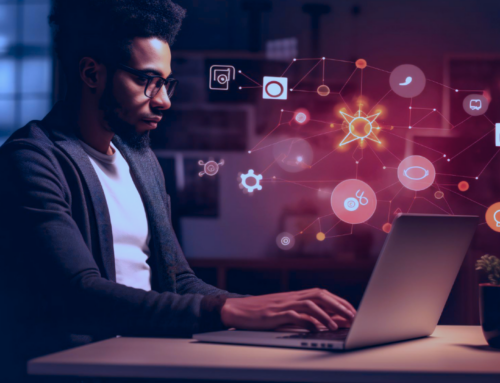Have you ever wondered what happens to ancient paintings that get damaged over time? Or how historians try to figure out the techniques used by artists centuries ago? Well, AI is stepping in to help, and it might just change the way we preserve and appreciate art forever!

How AI in Art Restoration is Changing the World of Art Restoration and Cultural Heritage Preservation
Imagine walking into a museum and seeing a Van Gogh painting that was once thought to be lost, now fully restored. Sounds like magic, right? But it’s not—it’s the power of AI in art restoration! With machine learning and AI models, conservators are now able to reconstruct missing or damaged parts of a masterpiece with stunning accuracy. These AI systems are trained on vast datasets of similar artworks, allowing them to replicate the nuance of the original artist’s technique. Whether it’s filling in missing sections of an ancient fresco or bringing back faded colors in a Renaissance painting, the integration of AI is revolutionizing the restoration process like never before.
But how does this actually work? Well, AI algorithms study the texture, brushstrokes, and color patterns of existing works of art to predict what the artwork might have originally looked like. For instance, in one groundbreaking project, researchers used AI to enhance and restore damaged murals in historic sites, preserving cultural heritage for future generations. By leveraging this technological advancement, conservators are now able to restore pieces that would have been impossible to save just a few decades ago. The future of AI in art restoration is truly exciting, and who knows? Maybe one day, we’ll witness a lost Da Vinci masterpiece brought back to life using AI systems!
How Can AI Study and Recreate Ancient or Lost Art Techniques?
Continuing from the last paragraph, it’s truly amazing how AI in art restoration is bringing lost masterpieces back to life. But have you ever wondered how this actually works? How do these AI technologies know what’s missing and how to fill in the gaps? Well, it all comes down to the science behind AI in art conservation. The use of AI in this field isn’t just about fixing old paintings—it’s about understanding their history, style, and hidden details that even human experts might miss. By analyzing thousands of paintings, sculptures, and murals, AI tools can detect patterns and predict how an artwork originally looked, making the restoration of cultural heritage more accurate than ever before.
The role of AI in art conservation and restoration goes beyond simple repairs. It’s opening doors to a new era in art, where technology and creativity come together for cultural heritage preservation. Here’s how AI is making an impact:
- Photo editing AI tool is being used to restore missing details in paintings by recreating brushstrokes in the style of the original artist.
- AI helps detect art forgery by analyzing pigments, materials, and techniques used in famous paintings.
- The applications of AI extend to scanning ancient murals and sculptures, ensuring the authenticity of artworks before restoration begins.
- AI and robotics are working together in the field of art conservation, carefully repairing delicate surfaces without human error.
- AI companies are developing powerful tools to assist museums and conservators in cultural preservation efforts.
The future of AI in art is exciting, and its importance cannot be overstated. As AI continues to evolve, it might completely change how we approach art and cultural heritage preservation. Imagine a world where every lost painting, every faded mural, and every broken sculpture can be restored with precision—thanks to the use of AI and its groundbreaking techniques used in the restoration process. We are truly witnessing an example of AI’s potential in reshaping the way we protect our artistic past!
Here’s what Areej Shaikh, Business Content Writer & Strategist, says about it:
“By using sophisticated tools and algorithms that analyze enormous volumes of historical data, artificial intelligence has made tremendous progress in researching and replicating past art techniques. AI can ‘learn’ from unique characteristics and imitate lost processes, allowing us to restore and recreate artistic methods that might have vanished over time.”
And here’s what Philip Portman, Founder and CEO of Textdrip, adds:
“Imagine walking into a museum where an AI-powered artist has reconstructed a forgotten mural from Pompeii. AI studies ancient art techniques by analyzing high-resolution images, pigment composition, and brushstroke patterns. These reconstructions don’t just fill gaps in history; they make these works accessible to future generations, often in ways human experts might overlook.”
What Tools Are Helping Artists Blend Historical Styles with Modern Creativity?
Artists today are using AI-powered tools to mix traditional art with new-age creativity. Let’s take a look at some of them:
- AI-Driven Art Generators: Tools like DALL·E, DeepArt, and Runway ML help artists transform modern images into classic styles. Imagine a painting that mixes Van Gogh’s swirls with futuristic themes!
- Virtual Reality (VR) and Augmented Reality (AR): Artists can immerse themselves in historical settings and create art using old techniques in a digital space. It’s like stepping into the past while painting for the future!
- AI in Collaboration and Restoration: AI suggests possible colors and textures for damaged historical paintings, helping artists revive them with precision.
According to Areej Shaikh:
“AI is used by tools such as DALL·E, DeepArt, and Runway ML to convert contemporary inputs into historical styles. By modifying elements such as style intensity, these tools enable artists to control the final product and produce inventive fusions of traditional methods with modern subjects or ideas.”
And Philip Portman shares:
“Picture an artist who wants to combine the intricate detail of Baroque with the minimalist aesthetic of modern art. They upload sketches into tools like DeepArt or RunwayML, which apply Rembrandt’s chiaroscuro techniques to a futuristic cityscape. The result? An inspiring fusion of old and new, pushing creative boundaries.”
Could This Reshape How We Appreciate and Preserve Art History?
The short answer? Yes, in a big way! Here’s how AI is transforming art appreciation and preservation:
- New Perspectives on Preservation: AI allows digital restoration of lost artworks, ensuring that even fragile pieces survive for future generations.
- Interactive Experiences: AI-powered virtual exhibits bring lost art to life, allowing people to experience ancient masterpieces in immersive ways.
- Uncovering Hidden Connections: AI can find historical influences and links between different art forms that were previously unnoticed.
- Reframing Artistic Identity: AI is helping artists reinterpret ancient styles, proving that old art isn’t just for museums—it can inspire modern creativity too!
Philip Portman sums it up perfectly:
“Think about virtual exhibits where AI brings to life lost artifacts or animates static sculptures to narrate their stories. AI-generated replicas allow art lovers in Tokyo to experience the Sistine Chapel’s beauty without flying to Rome. This doesn’t just enhance appreciation—it redefines preservation, making art history an evolving dialogue between past and future.”
Famous Art Restorations Made Possible by Generative AI
As AI in art restoration continues to evolve, it is reshaping the way we protect and restore priceless artworks. Imagine discovering a piece of art that has suffered from time—colors faded, details lost. Earlier, restoring such works depended only on human expertise. But now, machine learning algorithms allow experts to assess the condition of artworks with precision. These advanced machine learning models study amounts of data from similar paintings, enabling AI to make informed decisions about how to reconstruct missing or damaged sections while maintaining the integrity of the original. This breakthrough ensures that restoration work stays true to the artist’s vision while using modern techniques. The impact of AI on art goes beyond simple restoration—it is changing how we view and interact with history.
One remarkable example of AI in art restoration is the revival of Gustav Klimt’s lost paintings. During World War II, several of his works were stolen, leaving only black-and-white photographs behind. To restore them, experts used AI to analyze Klimt’s existing artworks, leveraging AI to predict the original colors and textures. The AI was trained on vast collections of Klimt’s works, helping to create stunning digital reconstructions. This restoration is a testament to how technology is making it accessible for scholars and the public to experience lost masterpieces once again. By finding a balance between restoration and authenticity, AI ensures that our cultural legacy remains intact. With these advancements, art restoration is poised to preserve our cultural heritage, allowing future generations to appreciate and learn from these masterpieces. The role of AI in art is not just about fixing the past—it is shaping the future.

Conclusion
And so, AI in art restoration is proving to be a game-changer. By blending technology with traditional artistic techniques, AI is helping conservators bring lost masterpieces back to life. The process enhances preservation by analyzing artworks in detail and applying precise restoration methods. This ensures that the original style and emotions remain intact while filling in gaps left by time. Whether it’s restoring faded colors or reconstructing missing details, AI is reshaping the way we care for historical art.
Looking ahead, AI’s role in restoration strategies will only grow stronger. With advancements in AI image processing and AI art, experts can now study the historical context of a painting before making any changes. This means restorations are not just guesses but carefully planned efforts based on facts. As AI continues to evolve, it will help us protect and celebrate our artistic heritage in ways we never imagined. The future of AI in art restoration is bright, ensuring that these treasures remain for generations to admire and learn from.


